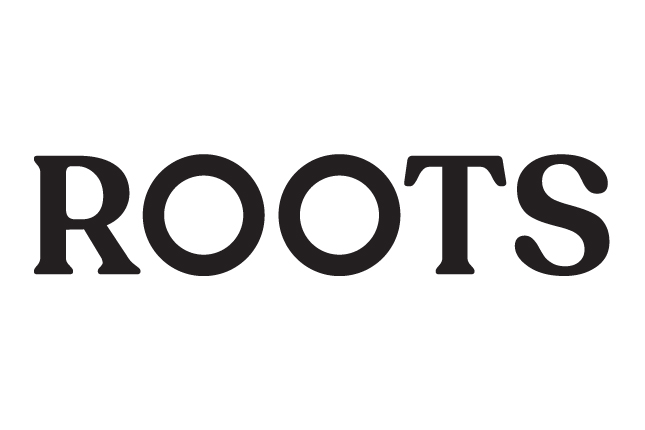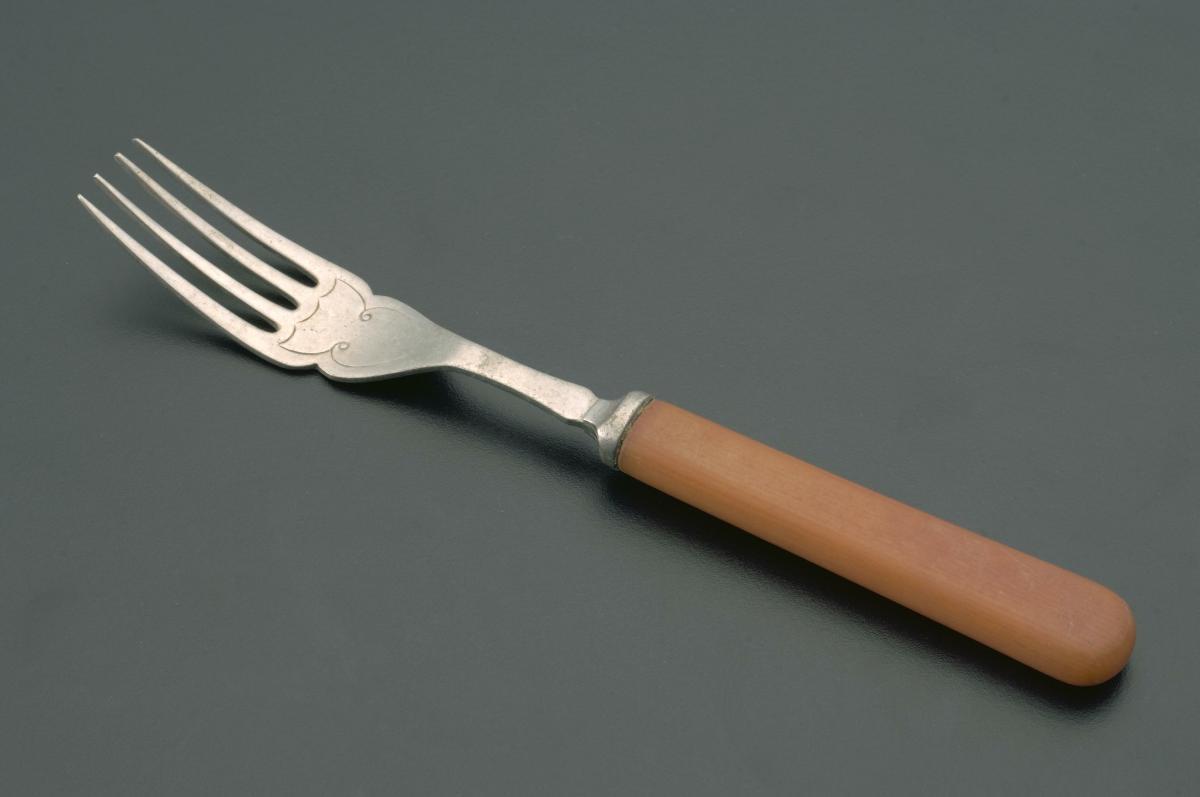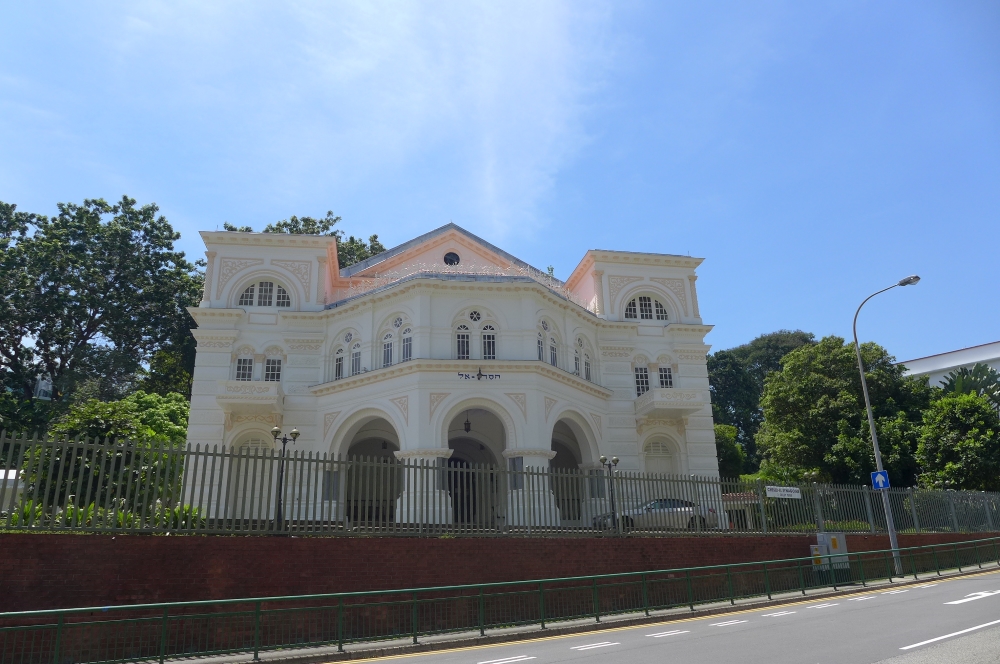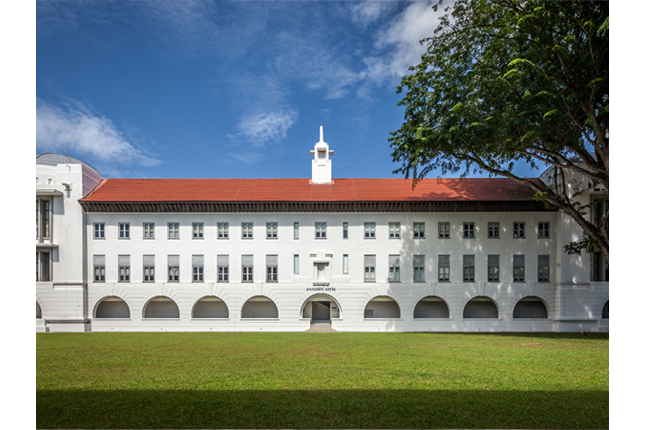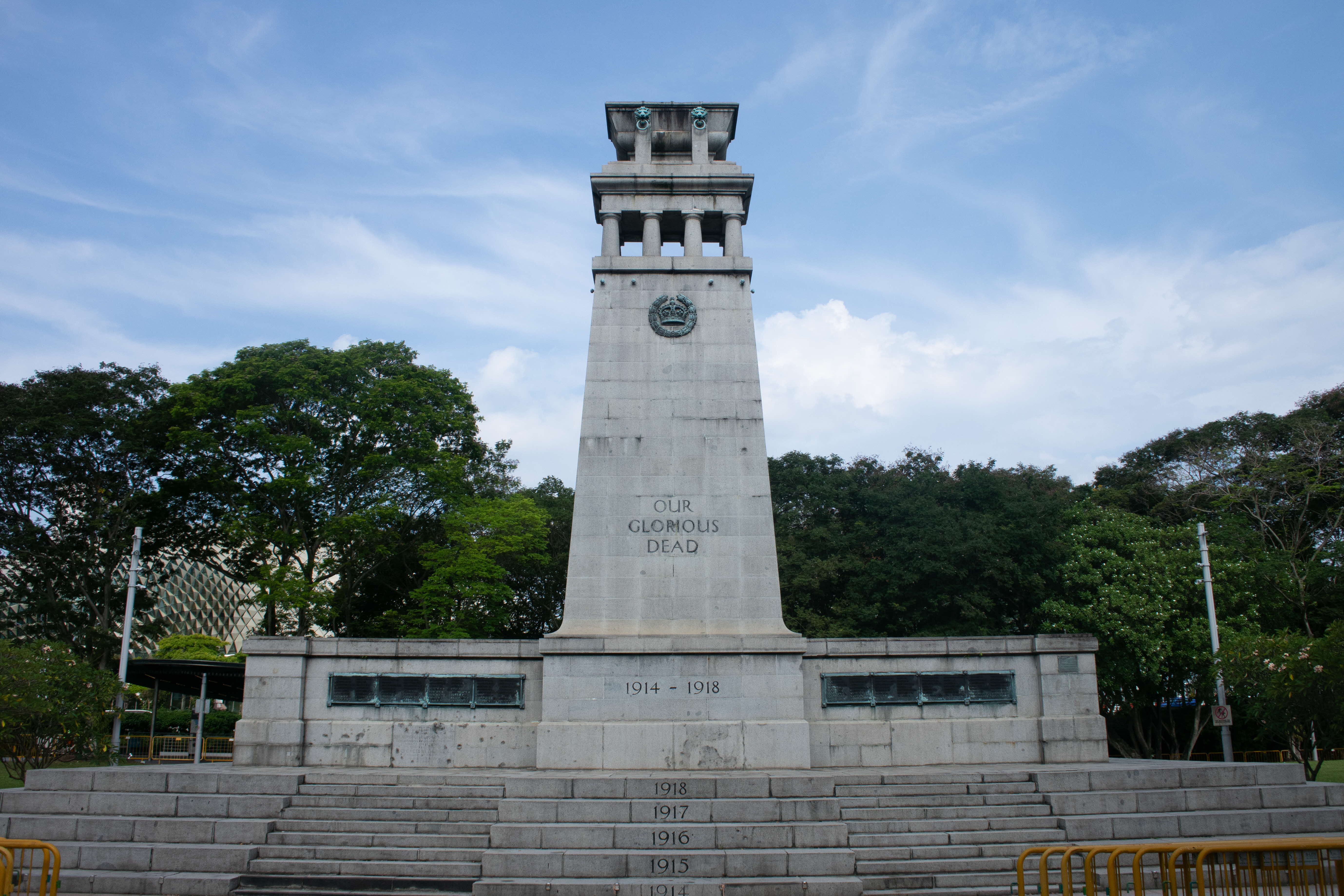Chesed-El Synagogue on Oxley Rise is one of two synagogues in Singapore, the other being Maghain Aboth Synagogue on Waterloo Street. This religious house bears witness to the Singapore Jewish community’s contributions to Singapore’s development since the British colonial period and is also a memorial to the prominent philanthropist Sir Manasseh Meyer.
Jewish Community in Singapore
The first Jews arrived in Singapore not long after Sir Stamford Raffles established a trading port on the island in 1819. Most of them were of Iraqi Sephardic descent, while others were Ashkenazi Jews from Europe. Many Jewish pioneers were businessmen involved in trade, dealing in spices, cotton goods, coffee, timber, and also legal opium; some prospered from the increased commerce between Europe and Asia following the opening of the Suez Canal in 1869.
When they arrived, the Jews mostly settled in the Boat Quay vicinity. They also built their first synagogue there – the street where the place of worship once stood is known as Synagogue Street today. As the number of Jews continued to grow, a larger Maghain Aboth Synagogue was constructed on Waterloo Street to cater to the community.
Compared to other ethnic groups in Singapore during the colonial era, the Jewish community was small. Nevertheless, members of the community made significant contributions to the society. A Danish surgeon and botanist named Nathaniel Wallich, who was also a personal friend of Raffles, had supported the founding of Singapore Botanic Gardens. The luxurious Hotel de l’Europe, which previously stood on the site of the Former Supreme Court, was owned by Nissim Nissim Adis, a successful Jewish merchant. There was also Sir Manasseh Meyer, a local Jewish leader who contributed generously to the betterment of not just the Jewish community, but also the society at large.
Sir Manasseh Meyer
Born into a Sephardic Jewish family in Baghdad, Meyer spent his childhood in Calcutta before coming to Singapore in 1861 to study at Saint Joseph’s Institution. Three years later, he returned to Calcutta to study Hebrew. He also picked up business skills from his uncle and set up a business in Rangoon (present-day Yangon, Myanmar) in 1867. In 1873, Meyer returned to Singapore with his wife and established his company, Meyer Brothers, with his two brothers, Reuben and Elias. The business prospered, and the company grew to become the largest local importer and exporter of goods to and from India.
A successful merchant, Meyer was also a devout Jew. Concerned with the preservation of Orthodox customs, practices, and beliefs of the local Sephardic Jewish diaspora, he founded and funded the Talmud Torah (Hebrew School) in Singapore. His contributions, however, were not limited to the Jewish community; Meyer donated to his alma mater, Saint Joseph’s Institution, and gifted a princely sum of 150,000 Straits dollars for the establishment of Raffles College.
Meyer also ventured into real estate and soon became the owner of several properties around Singapore. In 1890, he bought Killiney House on Oxley Rise, transforming the building into his private residence and renaming it Belle Vue. Meyer had his own poultry yard and cattle shed within the sprawling Belle Vue estate, from where he got his supply of kosher meat.
A Private Synagogue
By the early 1900s, Maghain Aboth Synagogue had become insufficient to accommodate the expanding Jewish community in Singapore. This prompted Meyer to build another synagogue on the Belle Vue estate. Named Chesed-El, which means ‘Bountiful Mercy and Goodness of God’ in Hebrew, the synagogue was completed in 1905. Meyer led the congregation present in the dedication service of the religious house on 14 April the same year.
The new synagogue was one of the first buildings in Singapore to install gaslights. Even though these lights were later replaced with electric ones and crystal chandeliers, the original gas pipes still remain concealed in the ceiling.
When the world-renowned scientist Albert Einstein visited Meyer and the Jewish community in Singapore to raise funds for the establishment of The Hebrew University of Jerusalem in 1922, he noted that Chesed-El Synagogue was ‘a magnificent synagogue, which was actually built for the purpose of communication between [Meyer] and [God]’.
Community Space
Besides being a Jewish house of prayer, the synagogue also serves as a space for community gatherings. The community meets at the synagogue on Jewish festivals such as Rosh Hashanah, the Jewish New Year’s Day; Yom Kippur, the Day of Atonement; the Passover, which commemorates Moses leading the Jewish people out of Egyptian slavery; and Tishah B’Av, which recalls the destruction of the Jewish temples in Jerusalem.
In addition, the synagogue is the place where the Jews participate in religious ceremonies that mark significant milestones in their lives. Jewish boys are circumcised in the synagogue to signify their entry into the covenant God made with the Jewish people. Yahya Cohen, a leading surgeon and mentor to many medical students in Singapore who was a trustee of Chesed-El Synagogue, was appointed to perform circumcisions in the past. Bar Mitzvah and Bat Mitzvah (rites of passage from childhood to adulthood for boys and girls respectively), as well as weddings and funerals, are also conducted in the synagogue.
Architecture and Furnishing
Chesed-El Synagogue was designed by Regent A. J. Bidwell of Swan & Maclaren, who was also responsible for the architectural plans of the Deutsches House, Singapore Cricket Club, Victoria Memorial Hall, and the remodelling of the Town Hall into Victoria Theatre. Designed in the Late Renaissance style, its façade is ornate with floral plasterwork, continuous cornices, and heavy ornamentations. A spacious three-arched porte-cochere (carriage porch) fronts the synagogue, creating a grand entrance to the building. Classical features such as arches and Corinthian columns, as well as large arched windows, are repeated throughout the building.
Inside the synagogue, two rows of columns lead to the ark, a decorated receptacle where Torah scrolls are reverently stored. Sitting upon a raised platform, the ark faces westward towards the Jewish holy city of Jerusalem. The Hebrew inscription above the ark reads, ‘Lo, in Thine abundant love I enter Thy house, in reverence to Thee I bow towards Thy holy temple.’ A lamp that is always lit hangs from the ceiling, symbolising the eternal presence of God. At the centre of the prayer hall is a bimah, from where the rabbi leads the congregation in prayer. The present wooden bimah replaces the original marble one, which was unfortunately damaged during the war.
With its high ceiling and many windows, the synagogue was well suited to Singapore’s climate prior to the installation of air-conditioners. Even the benches have woven cane seat backings, which provided maximum comfort for worshippers in the tropical heat. Manasseh Meyer’s personal chair bearing his name (‘Manashe Meir’ in Hebrew) is placed at the front of the synagogue near the ark.
Among the various patterns and decorations that adorn the synagogue are letter M’s, which are incorporated into the building’s design in memory of its founder. These letters can be seen around the synagogue, such as on the front façade and on the intricate metalwork of the barricade surrounding the second-level gallery used by female worshippers.
Chesed-El Synagogue Today
In the post-war period, the Jewish community shrank drastically. Maghain Aboth Synagogue then became Singapore’s primary synagogue. Nevertheless, it was decided that Maghain Aboth Synagogue would be closed on Mondays and morning prayers be held at Chesed-El Synagogue. This arrangement was made to ensure that both synagogues are kept in use for religious services. The synagogues are open on certain festivals for services and for community activities throughout the year.
Our National Monuments
Our National Monuments are an integral part of Singapore’s built heritage, which the National Heritage Board (NHB) preserves and promotes for posterity. They are monuments and sites that are accorded the highest level of protection in Singapore.









